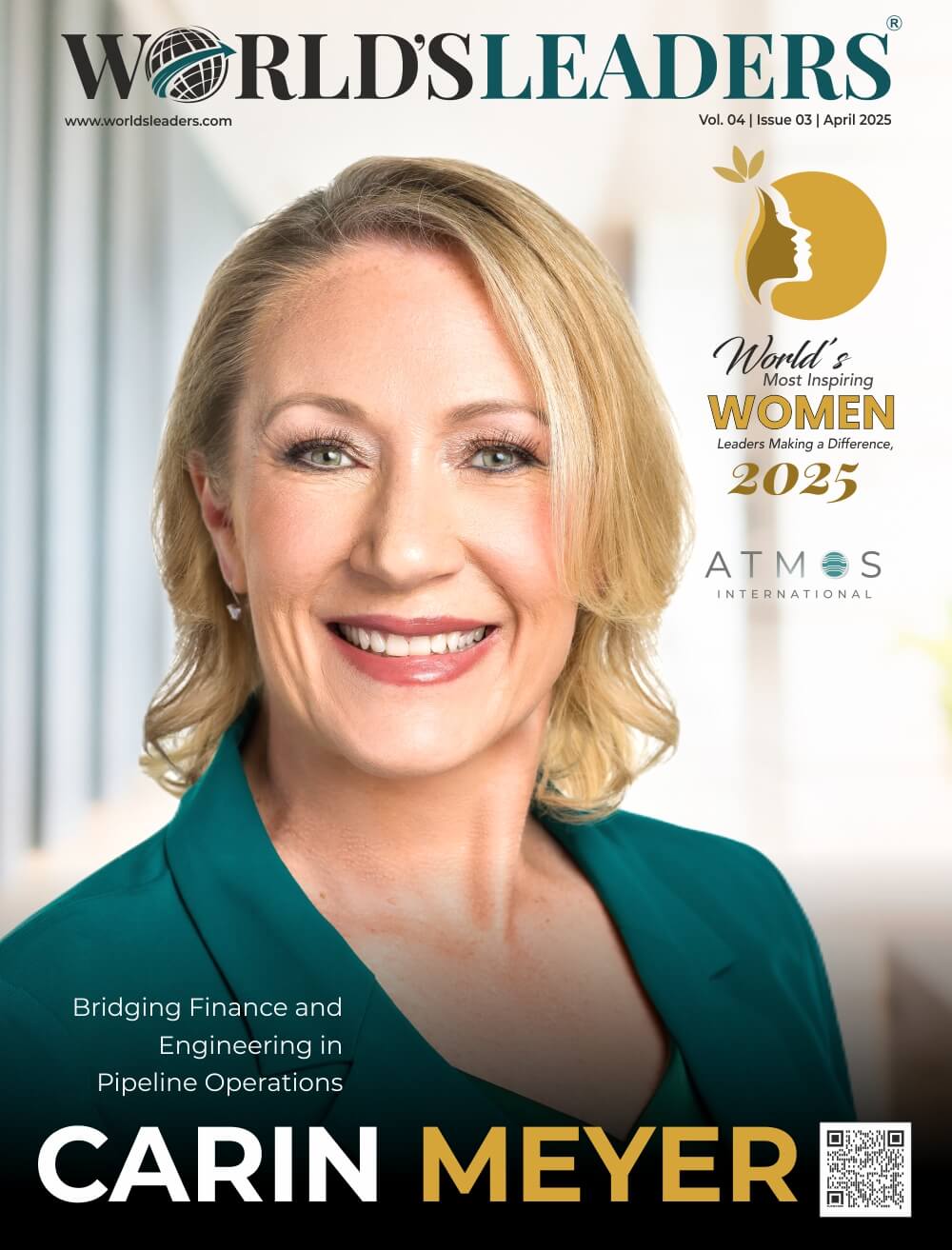The process of creating a brand has undergone a significant change in recent years. Brands can now be developed more quickly, more cheaply, and with greater size. And in many cases, seasoned CPGs are rapidly losing market share to more niche, smaller brands.
This is why: The process of launching a brand has never been simpler. Digital and social media offer the means to quickly and easily get new products in front of customers in order to raise awareness. E-commerce platforms are eager to facilitate transactions and match products to customers for distribution. Order fulfillment is not set up? There’s no issue; the third-party logistics sector is expanding and can handle shipping and returns for online purchases. To guide product design, do you need data? Reviews engines offer insightful feedback that brands can use to listen, interact with, and optimize in a rapid and flexible product development cycle.
PROMOTED
An established CPG company would typically develop a new product, scale up production, and then add a massive marketing engine on top to generate demand in the path to market of the past. Demand was high but reasonably predictable. For new businesses, the entry barrier was high.
In the past, the creation of a billion-dollar brand was the ultimate goal, and brand success was gauged by revenue and distribution. Brands today only need to be well-known to the target consumer. Additionally, a newly established brand may not have the goal of becoming a billion-dollar brand. Instead, one might aim to target a particular market and create a $100M brand.
The size of the big consumer packaged goods companies (CPGs) often works against them in these situations. Very specific consumer needs are the focus of niche brands, which also gather digital feedback from them and iterate quickly. Large CPGs, however, are frequently not designed to compete with that. In addition to frequently being less agile, they specialize in fully scaled shipping and retail pallets rather than products.
With Digital Reach, There Are No Boundaries
In the current digital environment, brands can almost instantly go from having no audience to having hundreds of thousands. The introduction of brands to and interactions with consumers through social media have changed. The possibilities are endless if they can match the right customers with their products through influencers, social media, and digital advertising.
Additionally, it’s becoming more typical for product launches to coincide with successful social media campaigns. For instance, Huda Kattan, the owner of Huda Beauty, who currently has 48.5 million Instagram followers, began as a well-liked Instagrammer for beauty who shared tutorials and product recommendations. She later introduced her own beauty line to a ready market.
However, companies should avoid chasing after unproven trends. When deciding whether to simultaneously engage in livestreaming, direct-to-consumer websites, and social media accounts, it’s critical to consider the right place and time. For a commodity brand, for instance, an active social media account might not be as effective.
Consumer Accountability for Brands is Essential
A key component of business success has always been having a solid understanding of the customer. In order to enhance their product launches, savvy brands are mining the content that is available to them in the form of social media conversations and customer reviews.
For instance, a consumer of personal care products recently observed a pattern in reviews where users expressed concern about the charger toppling over. With the help of this information, the client was able to quickly compile feedback from customer reviews, redesign the charger, and relaunch the product within six months with better customer feedback. This process would have taken years in the past.
The Balance of Power has Changed
This increased brand accountability represents a significant power shift to consumers, where previously the power was concentrated with a small number of businesses and marketers. Today, there are more brands than ever before, and consumers have countless options. We constantly encounter brands in a variety of settings, including retailers, service providers, and even delivery services.
The consumer is the one holding the power above the head of the brand more than ever. Customer loyalty is transient in comparison to years of brand interaction.
Customers will always want to own certain brands, but the products they want to own could change at any time. The customer holds the power, and it is the brand’s responsibility to adapt.





